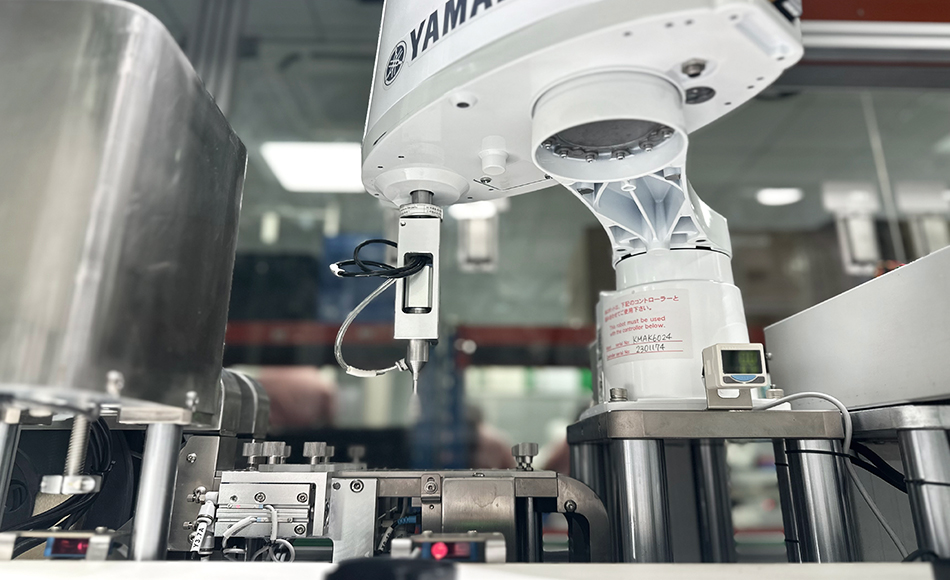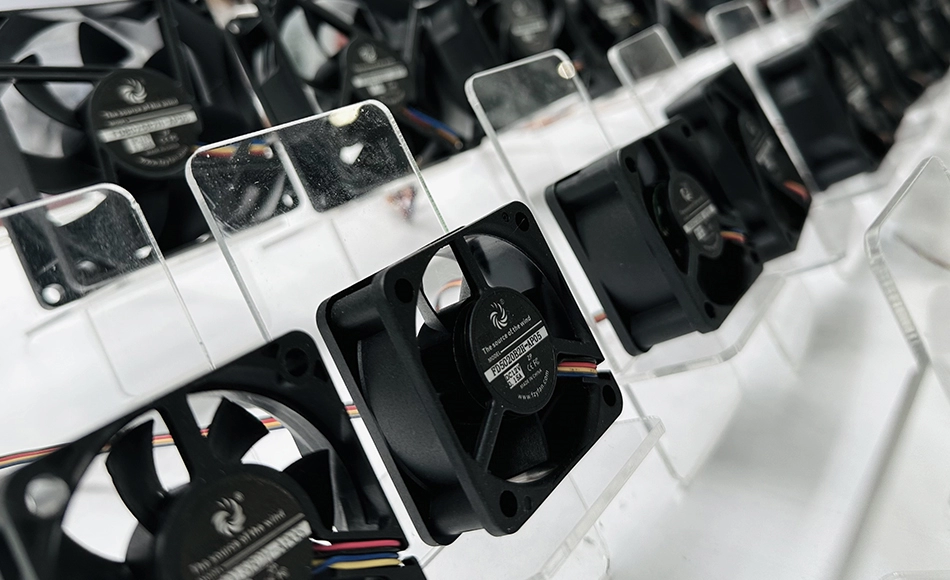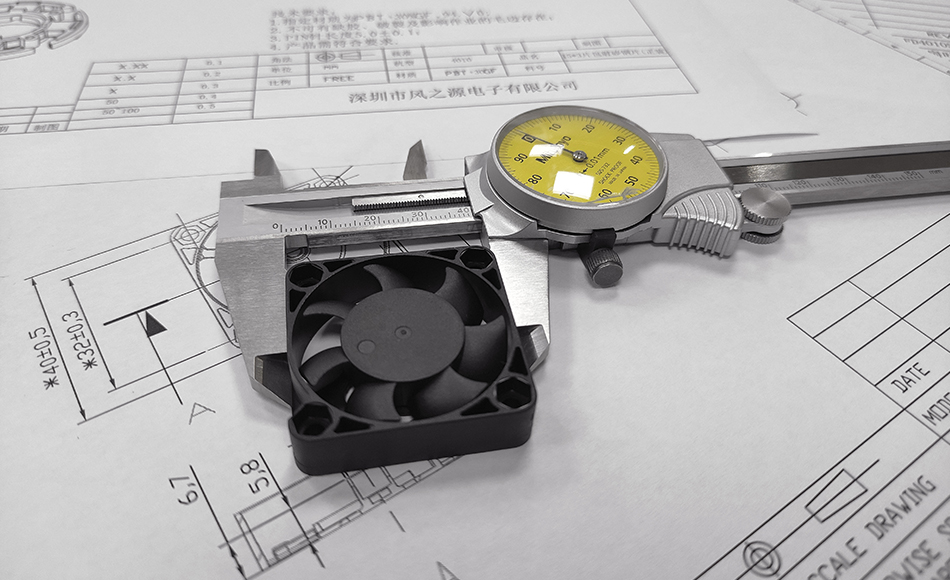Exhaust effect of external air outlet of cooling fan - duct design
 Feng Zhi Yuan
Feng Zhi Yuan
 Oct 12,2025
Oct 12,2025

Design of external air duct system (determining the "transmission efficiency" of airflow)
Even if the fan has excellent performance, if there is a bottleneck in the external air duct, the airflow will be compromised due to resistance loss and flow loss, resulting in a reduced exhaust effect. The air duct is a necessary path from the fan to the external air outlet, and key influencing factors include:
1. Air duct path and form
Path length: The longer the air duct, the greater the "resistance along the way" of the airflow during transmission (friction loss between the air and the duct wall), and the wind speed at the outlet will significantly decrease. For example, the rear window fan (short air duct) of the chassis has a ventilation efficiency that is more than 30% higher than the long air duct from the bottom to the top of the chassis (under the same fan conditions).
Bending frequency and angle:
Bending of the air duct can cause "turning loss" of the airflow - vortices are easily generated at the bend (the airflow rotates randomly, consuming kinetic energy), and the larger the bending angle (such as a 90 ° right angle bend) and the more times it is bent, the more severe the vortex loss.
Case: The "L-shaped air duct" (fan → side air outlet) of a laptop has higher exhaust efficiency than the "U-shaped air duct" (fan → bottom air outlet), as it reduces one large angle bend.
2. Air duct cross-sectional area and matching degree
Consistency of cross-sectional area: If the cross-sectional area of the air duct suddenly increases (such as a fan outlet diameter of 50mm → external air duct diameter of 100mm), the airflow will diffuse and slow down, resulting in a decrease in exhaust air velocity; If it suddenly becomes smaller (such as 50mm → 30mm), it will produce a "throttling effect" (sudden increase in wind resistance, compression of airflow, and even reverse flow of some airflow).
Optimal design: The cross-sectional area of the air duct should gradually transition from the fan outlet to the external outlet, or remain consistent (with an error of ≤ 20%).
Matching degree between fan and air duct: If the area of the fan outlet (such as circular fan area=π r ²) does not match the area of the air duct inlet (such as large fan and small air duct), it will cause "airflow overflow" (some airflow cannot enter the air duct and is lost from the edge of the fan), and the actual exhaust airflow is much lower than the nominal airflow of the fan.
3. Air duct sealing
If there are gaps in the air duct (such as unsealed fan and air duct interface, holes in the air duct wall), it will cause "airflow leakage":
If the air duct is under positive pressure (with active fan exhaust), some airflow will leak out through gaps and cannot reach the external air outlet;
If the gap is connected to the outside (such as air leakage in the chassis duct), hot air from the outside may flow back into the duct, diluting the heat dissipation effect of the exhaust.
Case: If the front panel dust screen or side panel sealing strip is not installed on the desktop computer case, air leakage in the air duct will cause a 20% -40% decrease in the exhaust efficiency of the rear fan.
4. Roughness of the inner wall of the air duct
The rougher the inner wall of the air duct (such as unpolished plastic air ducts or burrs on metal air ducts), the greater the frictional resistance between the air and the wall, and the more energy loss of the airflow during transmission. For example, the ABS plastic air duct with a smooth inner wall has an exhaust wind speed increase of about 15% (same path length) compared to the iron sheet air duct with a rough inner wall.







 Home
Home
 Exhaust effect of external air outlet of cooling fan - environmental conditions
Exhaust effect of external air outlet of cooling fan - environmental conditions 












